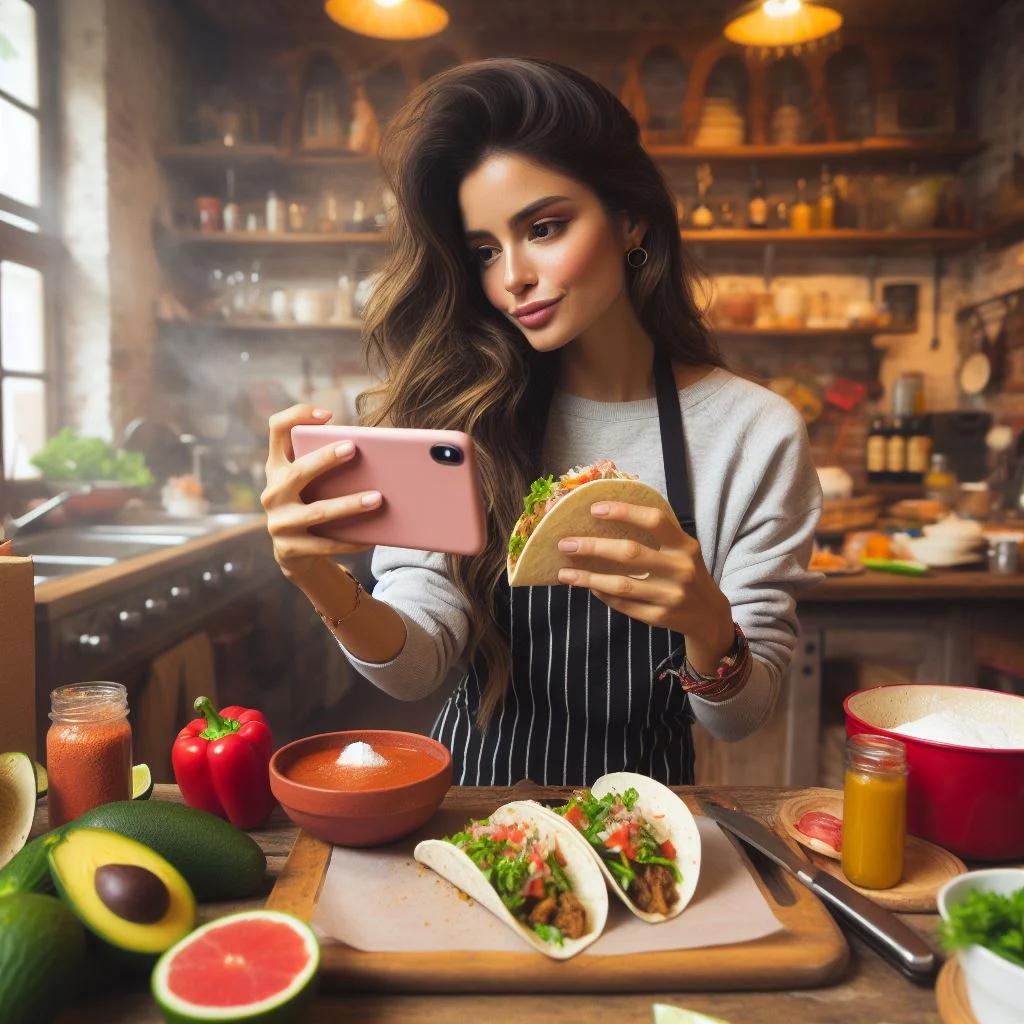Mexico’s cultural influence in Europe is nothing short of a full-blown phenomenon. What began as a fascination with tacos and tequila has evolved into a deep appreciation for Mexico’s rich traditions, bold aesthetics, and infectious energy. From food to fashion, telenovelas to TikTok trends, Europe has embraced la vibra mexicana—and here’s why.
Taco Mania: From Street Food to Haute Cuisine
Gone are the days when “Mexican food” in Europe meant just nachos and fajitas. Today, authentic Mexican cuisine is thriving:
- London’s “El Pastor” serves up suadero tacos with house-made blue corn tortillas.
- Berlin’s “Ta’Cabrón” specializes in Oaxacan mole negro, drawing foodies from across the continent.
- Even Noma Copenhagen, the world’s top restaurant, hosted a Mexican-inspired pop-up, proving the cuisine’s gourmet appeal.
European supermarkets now stock dried chiles, epazote, and masa harina, while mezcal bars in Paris and Madrid rival the trendiest cocktail spots.
Telenovelas & Streaming Domination
Mexican storytelling has captivated European audiences:
- “La Reina del Sur” (starring Kate del Castillo) became a Netflix sensation in Spain and Italy.
- “Club de Cuervos” (Mexico’s answer to “Ted Lasso”) gained a cult following for its sharp humor.
- Classic telenovelas like “María la del Barrio” still air on European TV, dubbed or subtitled—proof of their timeless appeal.
The drama, passion, and humor of Mexican series resonate deeply, offering a refreshing contrast to Europe’s often understated entertainment.
Day of the Dead: From Local Tradition to Global Celebration
Once a niche Mexican holiday, Día de los Muertos is now a mainstream cultural event in Europe:
- Disney’s “Coco” introduced millions to the holiday’s symbolism, sparking curiosity worldwide.
- Cities like Barcelona and Prague host Day of the Dead festivals, complete with catrinas (skeleton dolls), ofrendas (altars), and marigold displays.
- Fashion brands like Zara and Desigual release sugar skull-print collections every autumn.
The holiday’s themes of family, memory, and artistry strike a chord in Europe, where similar traditions (like All Saints’ Day) exist but lack Mexico’s vibrant flair.
Fashion: Frida’s Legacy & Beyond
Mexican aesthetics are everywhere in European fashion:
- Designers like Carla Fernández champion indigenous textiles, stocked in Paris’s Merci concept store.
- Pineda Covalín transforms folk art into luxury scarves and accessories, worn by celebrities like Eva Longoria.
- The “Frida Kahlo effect” still inspires boho-chic trends—think floral headbands, embroidered blouses, and statement jewelry.
Why Brands Should Embrace Mexican Culture
Mexico’s influence is authentic, colorful, and emotionally powerful—qualities that cut through the noise in Europe’s crowded market. Here’s how brands can leverage it:
- Collaborate with Mexican influencers (e.g., beauty gurus or chefs) for campaigns.
- Launch limited-edition Día de los Muertos products (L’Occitane did this successfully with Mexican marigold-scented creams).
- Incorporate Mexican patterns or flavors into designs (H&M’s 2023 “Mexican Folkways” collection sold out instantly).
The Bottom Line
Mexico isn’t just exporting culture—it’s redefining global trends with its authenticity and joy. For European brands, tapping into this energy means staying relevant, bold, and culturally connected.
¿Qué esperas? The Mexican wave is here to stay. 🌶️💀🎨


Leave a Reply